According to the report published in the National Interest, recent Iranian ship interceptions highlight Iran’s military challenge and continue to drive a regional arms race. Whereas Persian Gulf Cooperation Council states spend lavishly on high-end, off-the-shelf, US-built platforms, decades of sanctions and post-revolutionary strategic decisions to be militarily self-sufficient has led Islamic Republic to focus more on its own indigenous industries.
Direct comparisons of defense spending between Arab states and Iran are difficult. While a superficial reading of public statistics shows Saudi and Emirati spending far outstrips Iran’s as a proportion of GDP, it would be a mistake to take public Iranian statistics at face value. Still, post-revolutionary Iran has long embraced asymmetric strategies.
Historically, many Middle Eastern countries have approached technology with suspicion, but Iran has been the exception. In the early twentieth century, for example, Saudi clerics resisted first the introduction of the telegraph and then radio. Into the 1970s, some Saudi clerics complained that television was a plot dreamed up in the West to separate Muslim children from God.
The Iranian Shah Nasir al-Din (r. 1848-1896) sponsored his own telegraph line in Tehran just over a decade after Samuel Morse laid America’s first long distance line. Both the Iranian government and public readily embraced almost every new generational technology. The same dynamic has been true regarding the internet. Many Arab countries initially rejected or sought to suppress internet access as much for cultural reticence as politics. In 1993, Iran became the second country in the Middle East after Israel to connect to the internet.
As the Iranian leadership embraces new technologies, its whole-of-government approach means that its work occurs not only on military bases, but also in Iran’s universities and nominally civilian companies.
There is a persistent tendency within Washington to underestimate Iran. Simply put, Iranian engineers and scientists are adept at developing cutting edge military technologies. It has been ten years, for example, since Iran successfully launched its first satellite into orbit. In the decade since, Iran’s space agency has successfully launched more than a half dozen satellites; more satellite launches are slated for this year. Of course, satellite launch technology can provide cover for advanced ballistic missile work. Perhaps this is why last year Iranian scientists developed a gyroscope to augment inertial navigation in Iran’s ballistic missiles.
The Iranian government has also encouraged nanotechnology investment. On January 31, 2015, for example, Iranian Supreme Leader Ali Khamenei visited a nanotechnology exhibition and, claiming that Iran ranked seventh internationally in nanotechnology, urged even greater progress. “You should move forward and you should not abandon the thought of making progress—in this area—on a daily basis,” he said.
Iranian students subsequently joined a rigorous nanotech education program, and the Iranian government has sponsored nanotechnology Olympiads in which top students can compete against each other and which the Iranian government can use for recruitment.
A recent incident with the US Navy in the Persian Gulf has also highlighted Iran’s unmanned aerial vehicle (UAV) work. Iran put its first drone into operation in 1985, a decade or two before many other regional states did.
While diplomats continue to focus on Iran’s nuclear program, the next generation of military technology involves hypersonic weaponry, robotics, and autonomous systems. There is no indication that the Islamic Republic has the ability to engage in hypersonic work, nor are their allies in China and Russia willing to trust them with such data and technology.
Russian leaders, especially, seem willing not only to export technology to Iran, but also to allow Iranian scientists to manufacture it themselves. Just this year, Tasnim News, an outlet affiliated with the IRGC, announced that Iranian engineers were seeking to manufacture a version of Russia’s Pantsir anti-aircraft missile system inside Iran. Robotics might be the next target of Russo-Iranian cooperation. On June 24, 2019, Iran’s deputy defense minister visited Moscow to attend a “Military-Technical Forum” attended by over twelve hundred Russian and foreign companies, many of which work in robotics.
Russia might be willing to share, but Western technology remains the gold standard.
The IRGC has recently drilled “Fuji assaults” in which artificial intelligence helps coordinate boats, planes, tanks, and drones in a broad attack. The IRGC used similar tactics during the battle against the Islamic State in the eastern Euphrates region.
On June 12, 2019, Iranian Air Defense Force commander Alireza Sabahifard announced a new air defense system that can detect stealth UAVs and which may also utilize some basic artificial intelligence in its operation. The Iranian authorities successfully downed a US drone just a month later suggests that Iranian advances should not be easily dismissed.
ZZ/PR


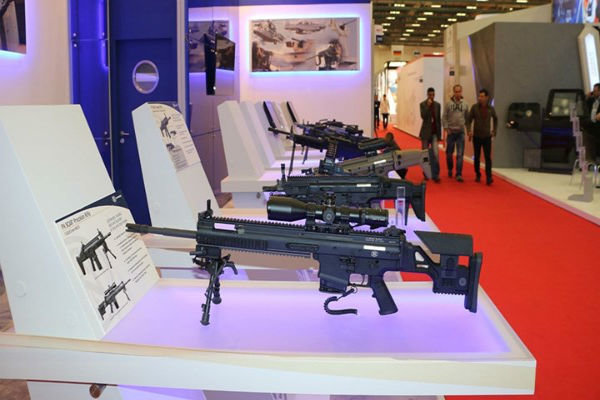






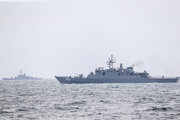
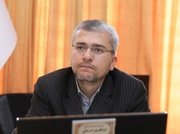
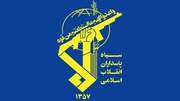


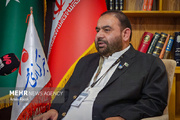

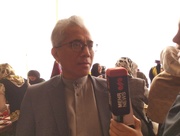
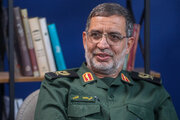



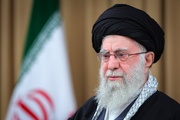


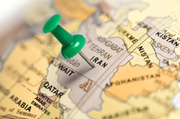


Your Comment